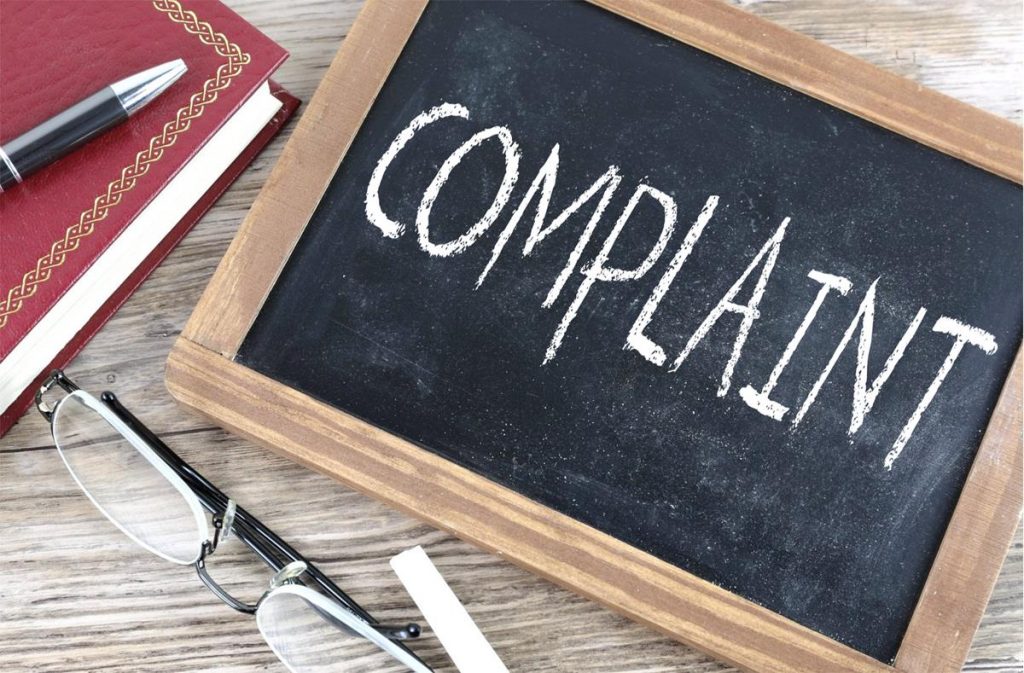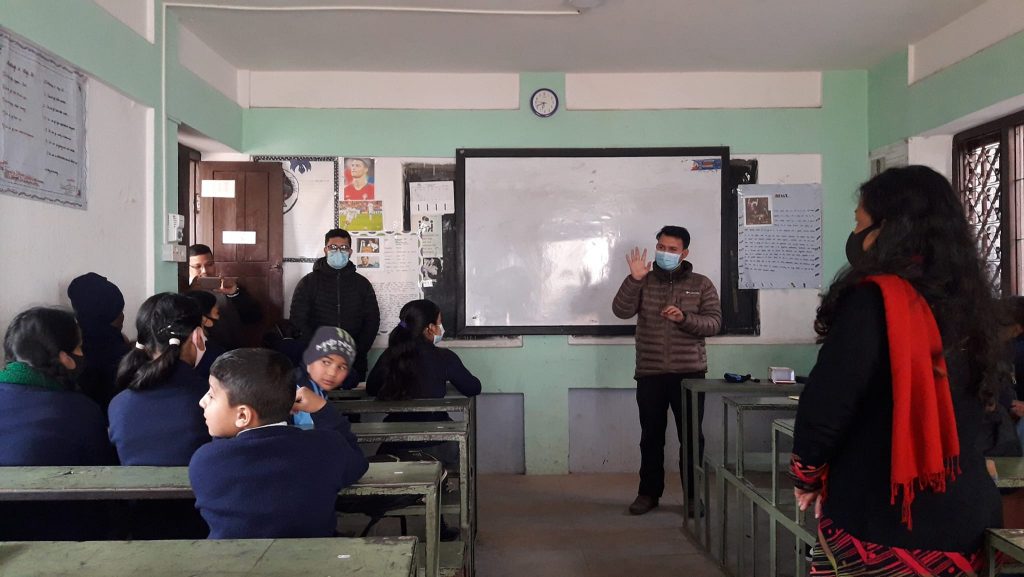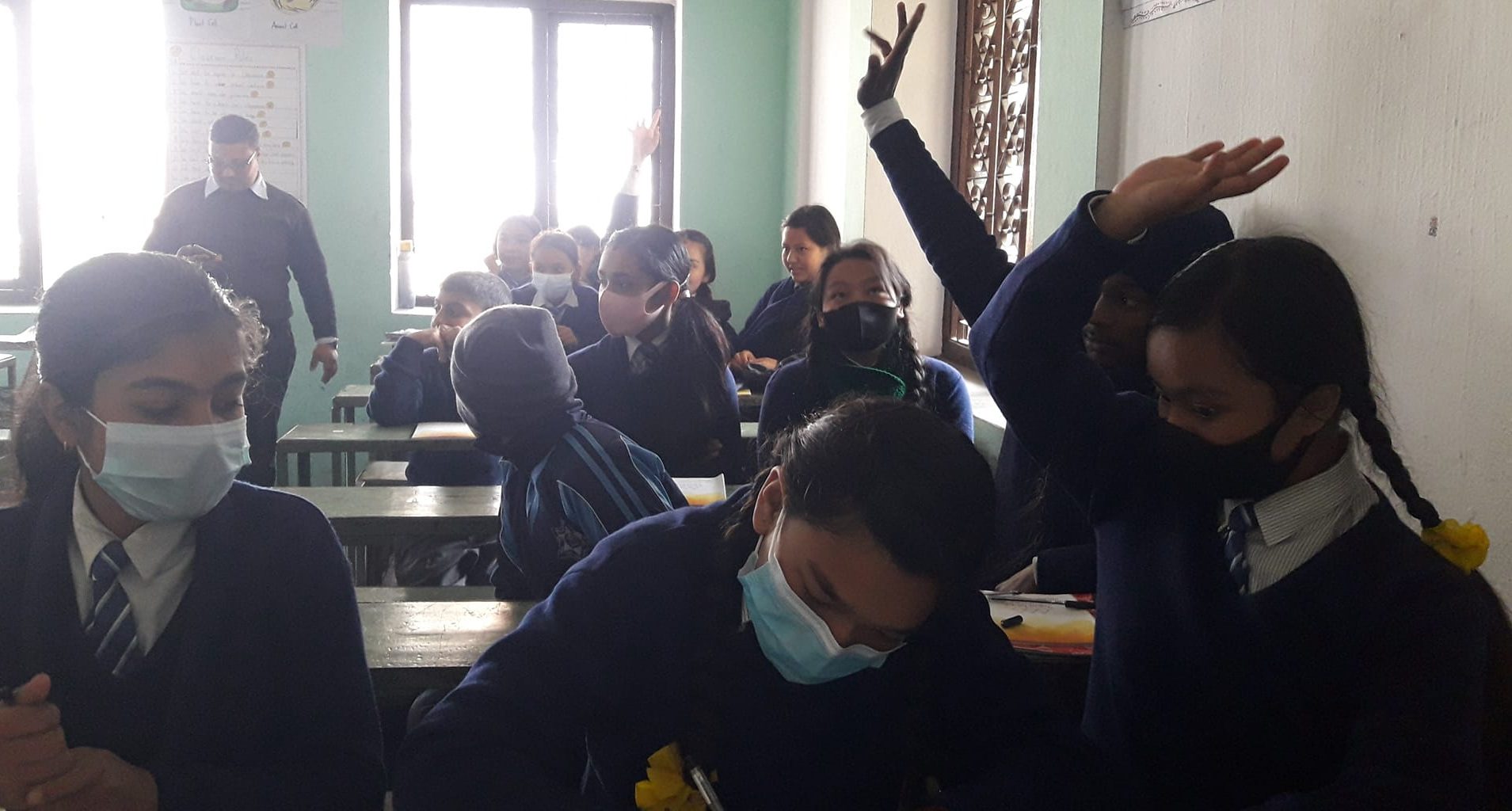One of the news reports that really broke my heart in recent reports is about a teacher who continually harassed girls from the school he taught for so many years. The teacher only got exposed when one of the girls grew up and realised what was done to her in the school was wrong. Only then, one by one, other girls also started speaking up that they were also victims of the molestation from that specific teacher. But, the saddest thing is till the time that teacher got exposed, that molester had already harassed so many young girls. But, if there had been a complaint response mechanism at the school, the problem would have been addressed several years ago, and many girls would have saved themselves from the crisis.
This is only one of the incidents of teachers molesting their own students that got exposed; there are many schools where girls are not able to speak up as they are threatened about failing exams or their pride. Why do these similar incidents occur once in a while? Is it because the girls are not educated about harassment? Or, is it because the system has not provided any mechanism where students can complain about their problems?
I think the latter is true, and this is where all schools in Nepal need a complaint response mechanism.
Efforts for systematisation

In Nepal, the Ministry of Education issued guidelines on a complaint response mechanism (CRM) in 2016 with an aim to systematise the practice with standard procedures, encouraging all schools to set up such mechanisms. According to the guideline, the school sets up a complaint box on its premises, where it is easily accessible by students. It also forms a complaint response mechanism (CRM) committee. The committee is coordinated by the School Management Committee and involves a representative from teachers, parents and students each. The teacher, ideally, is trained in psychosocial care whereas all gender groups of students are also represented. Likewise, there is also a representative from the respective local government.
Such a complaint response mechanism has been proved effective at many schools. According to one of the news articles covered by The Himalayan Times in 2018, it has been proven effective mostly in terms of addressing girls’ problems as they are the ones who mostly face bullying, teasing, and sexual assaults. The girls openly could put their complaints through the complaint box placed at the school regarding the teasing they faced on the way to school and back home as well as from the boys during school hours. Though the complaint response mechanism was effective in recent years of its establishment, a review has shown the use of the complaint box has been diminishing.
Small efforts are meaningful

Between December 2021and January 2022, Yuwalaya, a youth-led organisation, conducted a session on the complaint response mechanism at eight schools in Lalitpur. Some of the schools have already established the complaint box and have been addressing the complaints received from the students. In some cases, although they have a complaint box at the school, it was not properly utilised.
The students shared they were never informed about the complaint box and its use and importance. “We see that there is complaint box at the school, sometimes it is placed near the compound, sometimes near the other classroom and now it is placed on the wall where we students can hardly reach. Also, we were never informed about it,” said one of the students who participated in the session.
Ideally, the complaint box must be placed in such areas of the school where students can easily access it without any fear of being judged or seen, mostly avoiding near the staff room or the principal’s office. In the session, however, the students shared that if only they knew about the complaint response mechanism and the use of the complaint box at their school, they would have used it for raising their concerns and problems that they face.
Wider usefulness

We have witnessed various news reports on sexual assaults faced by girls at schools, on the way to schools, or at their homes. But, a complaint response mechanism is not only about the cases of sexual assaults, but students face many problems and challenges related to their academics, peer pressure, assignment pressure, etc at their schools. Due to these issues, students tend to face various types of impacts on their mental health. But, they do not have any place to share their problems. I strongly feel all these problems can be resolved through a complaint response mechanism if established and operated properly.
Students must be aware of the place and the use of the complaint box at the school. Also, the school management must make sure that the complaint box is a safe space where students can raise their concerns anonymously or openly and will be resolved properly without any damage to the student’s reputation or academics.
For this, the government must revise the guidelines on the CRM and also revitalise its use at all schools of Nepal, also establishing a proper monitoring and supervision mechanism. With this, we will be able to reduce sexual assaults and other problems that children face and create a safe space for our children where they are fully protected in all environments that they grow in.


























